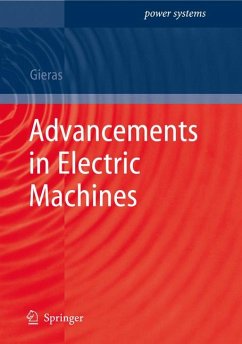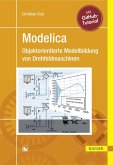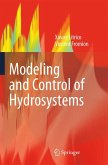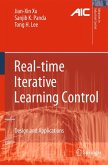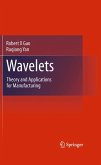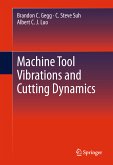This volume has three main objectives:
Firstly, to promote electrical machines as the most popular machines of everyday life and increase awareness in this area;
Secondly, to stimulate innovations in electrical machines and electromechanical drives;
Thirdly, to help educators revitalize Power Engineering curricula and change research strategy towards what industry and mankind needs.
Dieser Download kann aus rechtlichen Gründen nur mit Rechnungsadresse in A, B, BG, CY, CZ, D, DK, EW, E, FIN, F, GR, HR, H, IRL, I, LT, L, LR, M, NL, PL, P, R, S, SLO, SK ausgeliefert werden.
"This work explores the advances in electric machines, focusing on new topologies and the application of new materials in electric machines. The topics covered in this ten-chapter book ... are excellent additions to a breadth of topics that one will not find in a traditional work on electric machines. ... The chapters on material engineering, superconducting electric machines, and naval electric machines must be read by researchers in this field. ... Summing Up: Recommended. Upper-division undergraduate through professional collections." (C. Mi, Choice, Vol. 46 (10), June, 2009)

